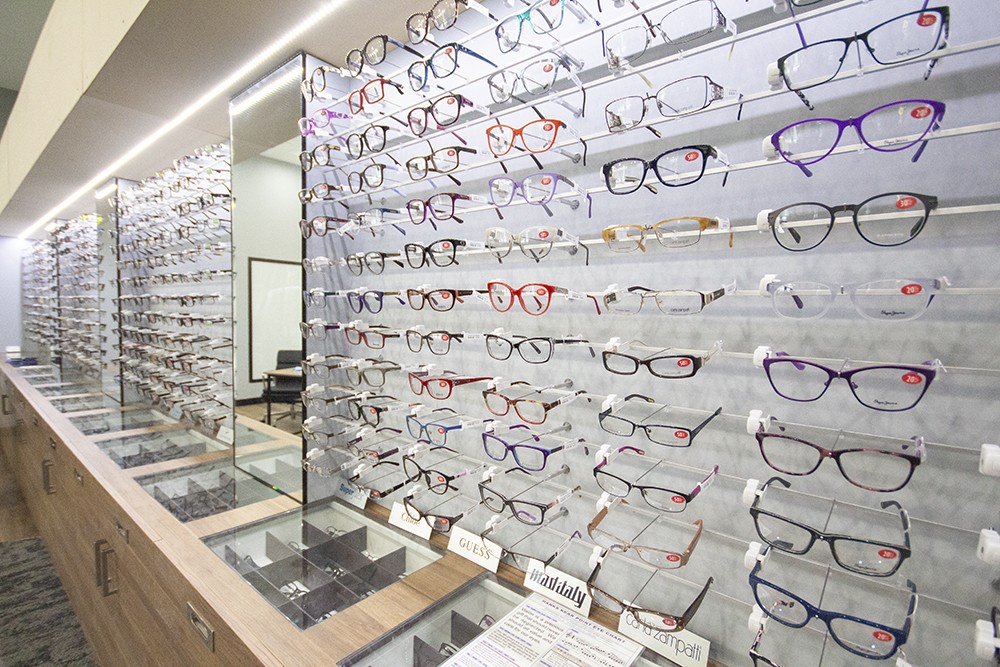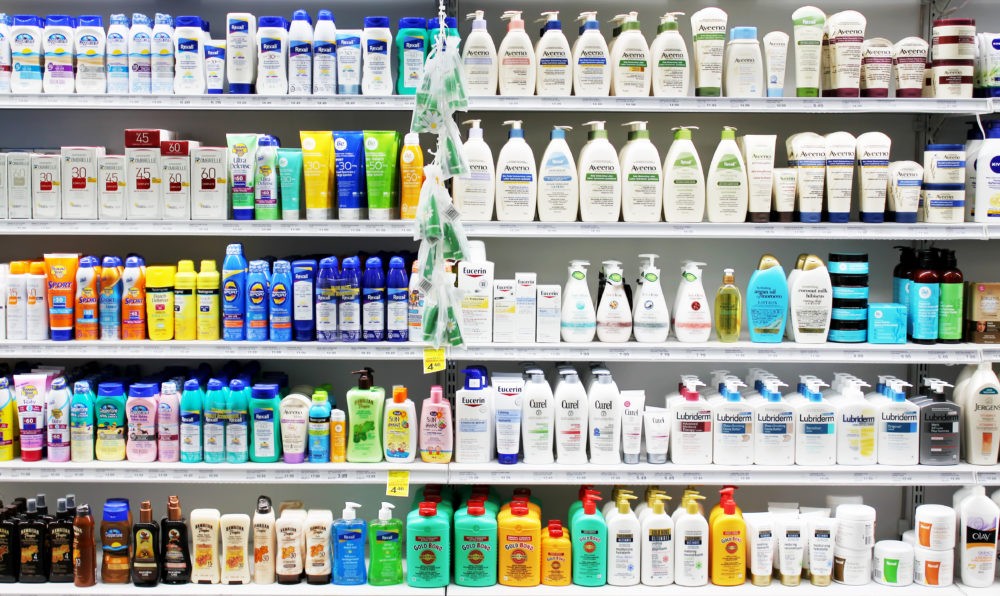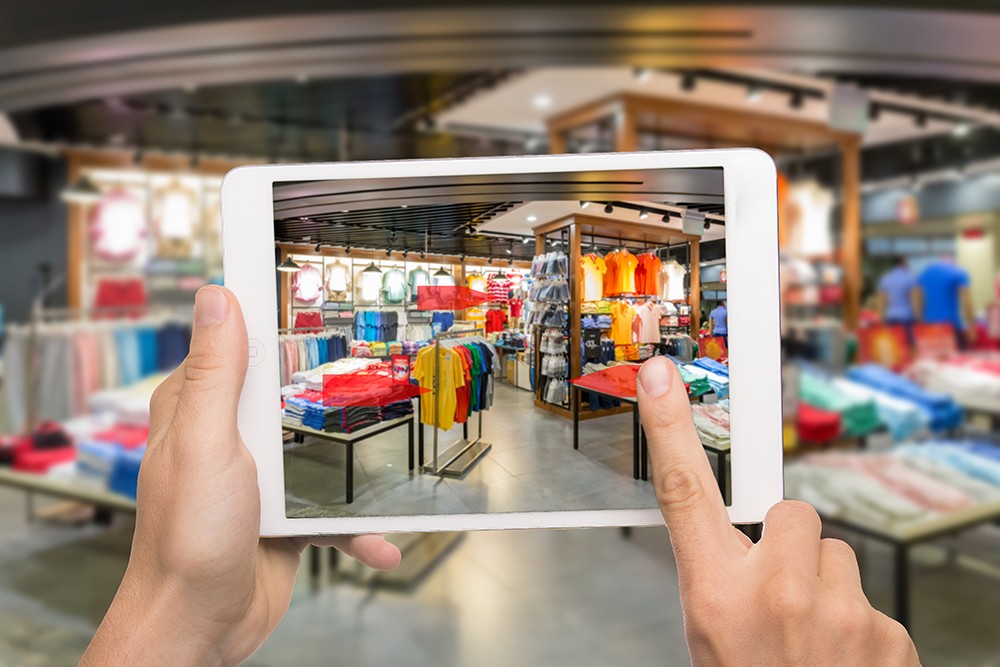
What’s changed in the world of EAS, security tags and labels?
Electronic Article Surveillance, including security tags, labels and antenna, has been a staple of retail loss prevention since the 1960s, and like all technology, it has improved dramatically over the years.
If you’re wondering what’s evolved in the decades since EAS first revolutionized product-level security, here’s an insight into just some of the improved features EAS now offers.
Increased accuracy
Over the years the accuracy of EAS has improved remarkably with a dramatic reduction in false alarms.
Antenna systems can be better tuned to the retail environment, while acousto magnetic technology has resulted in less interference from metallic product packaging, and also works to thwart shoplifters using booster bags.
In fact, recent statistics indicate EAS reduces theft by an estimated 60-80 per cent.
Increased strength
EAS systems have constantly evolved to keep pace with the shoplifters who try to circumvent them. And one of the major innovations has been the improved strength of tag locking systems.
Now security tags are available in a variety of magnetic strengths, ranging from standard to superlock, hyperlock and multi-polar.
These higher-strength tags offer unprecedented security, with the premium options like multi-polar near impossible to force open or unlock without a specialist detacher.
Wider applications

It’s no longer a case of one size fits all when it comes to tags, labels, and even antenna. Over the years hard tags have been honed to suit specific purposes like optical wear, liquor bottles and high-end accessories like shoes and handbags.
In terms of labels, they have also improved. Now labels come in a range of sizes to suit both acousto magnetic and radio frequency systems, meaning they can be applied to a wider range of products.
RF labels, in particular, can now be printed on, allowing retailers to incorporate a barcode and product security into the one neat label.
More discreet antenna
The antenna systems that monitor a retail outlet have also improved dramatically over time. Antennas are available as pedestals and can now also be discreetly hidden in door frames, beneath the floor or even overhead at a retail outlet.
Less intrusive
The bulky plastic hard tags of the 1960s, 70s and 80s are long gone, with EAS security tags and labels available in a variety of sizes and dimensions.
This ensures tags no longer interfere with the customer’s experience of a product but still protect the item. In the meantime, retailers should note EAS tags are designed to act as a deterrent, meaning that should be visible to customers in a bid to put them off any attempt at theft.
Greater adoption
All these features have led to greater adoption of EAS technology. The National Retail Security Survey recently noted 80.9 per cent of US retailers now employ EAS.
They further found in the past year alone:
- Use of merchandise alarms/electronic security tags had increased by 25.4 per cent to 46 per cent adoption.
- Use of acousto magnetic/electronic security tags had increased by 12.7 per cent to 34.9 per cent adoption.
Meanwhile, a recent survey of loss prevention professionals found 68 per cent believe EAS and other security measures “are truly effective in deterring theft in retail stores”.
If you’re looking to understand which EAS security tags and labels would best suit your store, more information is available here, or contact our friendly staff for further assistance.


